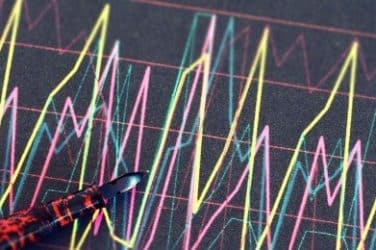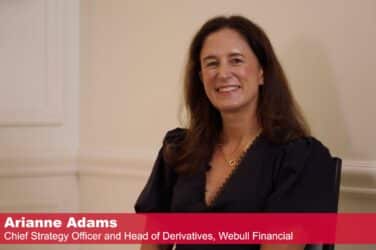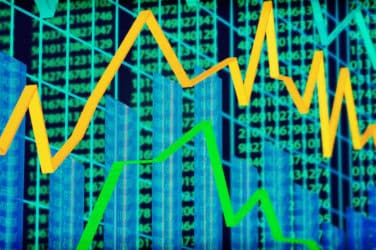
The ongoing volatility seen in the markets in recent months has left a lasting trail of anxiety and uncertainty for market participants.
“Everyone is unnerved right now, there’s anxiety in the marketplace,” Dan Deming, volatility trader and managing director of Stutland Volatility Group, told Markets Media. “You can feel it on the floor and in the pit.”
The most recent surge in volatility came in the wake of the MF Global collapse as well as the ongoing uncertainty surrounding the European debt crisis. The Chicago Board Options Exchange’s Volatility Index, or VIX, reached a high of 48 on Aug. 8, as the markets reacted to the U.S. debt ceiling negotiatons and the Standard & Poor’s downgrade of U.S. debt. It then fluctuated through the mid-30s until spiking up to above 45 in early October, once again as European debt concerns came to a head. In late October, the VIX had declined to about 25. As of mid-day Nov. 11, the VIX was trading at about 30.
Contributing to the volatility are some of the measures taken by central banks to try to ease the financial markets. With the advent of Quantitative Easing 1 and 2, as well as the so-called operation twist, there has been an artificial mechanism in the marketplace causing volatility. The natural ebbs and flows of the markets have essentially become a function of unnatural conditions and have been artificially manipulated.
“It’s herd mentality right now,” said Deming. “There is a lack of liquidity. You’re seeing credit markets under stress again with the uncertainty in Europe, creating a decrease in liquidity throughout all the markets, because a lot of people simply are not willing to participate given these types of extreme moves in the markets, in both directions. There are people running from one side of the ship to the other trying to keep it afloat. There’s a back and forth seesawing in the market. People are just very confused. For those that don’t have to be in the market right now, a lot of them are not participating.”
Although there are certain classes of investors that shy away from the markets during times of volatility, the trading volume statistics paint a different picture. During large single day spikes in volatility, equities trading volume also follows suit. The most recent case of this was on Nov. 9, when the VIX shot up 33% to 36 from 27 the day before, which coincided with a 21% increase in trading volume.




